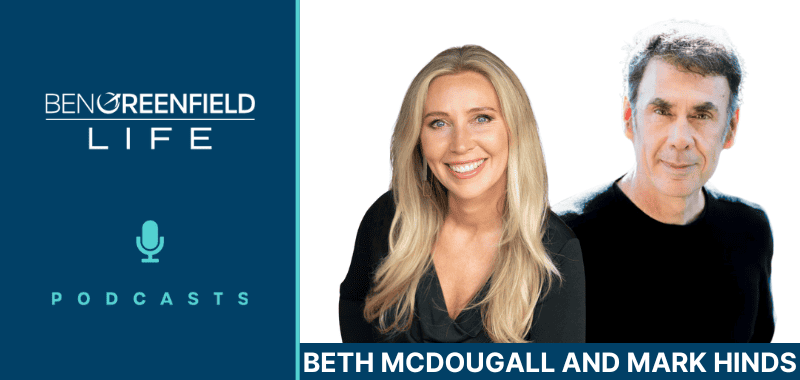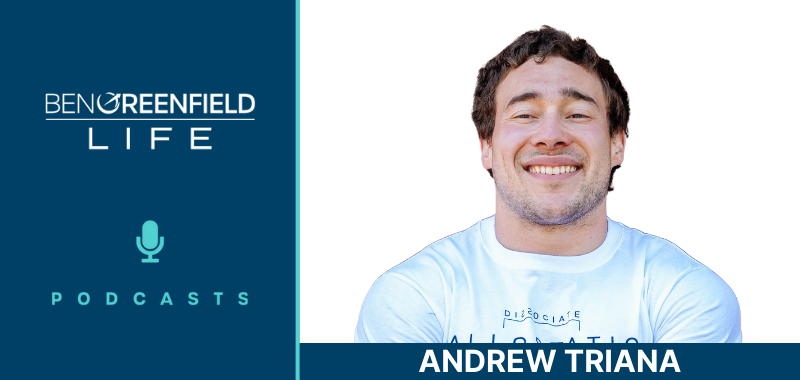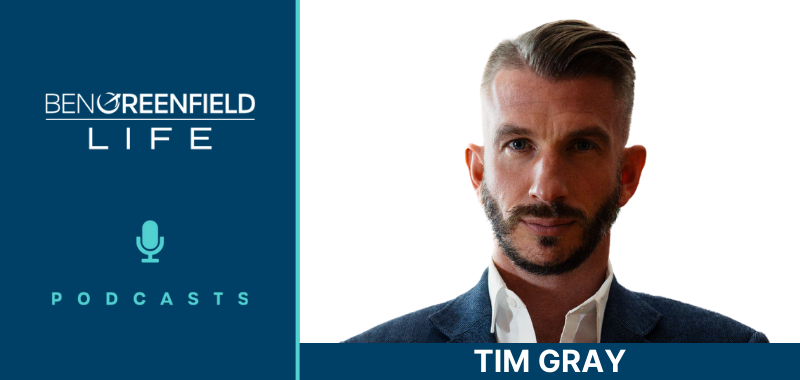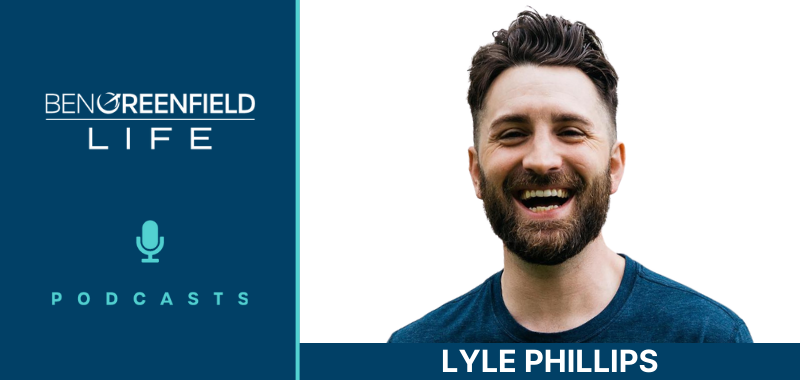January 16, 2016
Click here for the full written transcript of this podcast episode.
A few weeks ago, I published an extremely popular article entitled “How Breath-Holding, Blood-Doping, Shark-Chasing, Free-Diving & Ketosis Can Activate Your Body’s Most Primal Reflex.” In that article, I mentioned a guy named Ted Harty, from Immersion Freediving in Ft. Lauderdale, Florida.
At over six feet tall and 230 solid pounds, Ted is a big, bold, loud, extroverted character. He looks like a boxer, and not like a guy who you’d expect to be diving at incredibly efficient oxygen capacity to depths deeper than most human beings have ever ventured.
But it was Ted who was about to open my eyes to a whole new world of freediving, and who I spent nearly every waking hour of ninety-six hours of my life learning every possible closely-guarded breath-holding and deep-diving tactic.
Ted began his underwater career in 2005, as a scuba instructor in the Florida Keys. Over the years, Ted became a Scuba Schools International Instructor and a Professional Association of Diving Instructors Staff Instructor.
But whenever Ted was on the boat and did not have students to take care of, he’d jump in with mask, fins and snorkel and play around on the reef, sans scuba equipment. As Ted highlights in this fascinating, quick video about his life:
“Sometimes I’d have just five minutes to swim around without all of my scuba gear. I loved it. I could swim down to the sand at Sombrero Reef and hang out for a bit at 20 feet. I wanted more. I wanted to learn how to stay down longer and how to dive deeper.”
So, in January of 2008, Ted took his first Performance Freediving International (PFI) course.
“I couldn’t believe how little I knew about freediving at the time. As a scuba instructor I knew more about diving physiology than the average Joe, but quickly realized I knew nothing about freediving. At the start of the course I had a 2:15 breath-hold, but after just four days of training I did a five-minute hold! I couldn’t believe it was possible.”
So next, Ted signed up for instructor-level courses at Performance Freediving. He was soon offered a job teaching with Performance Freediving, when he moved to Fort Lauderdale.
Then, in 2009 Ted went to PFI’s annual competition. At the time, he was about a 80- to 90-foot freediver and weighed 230 pounds. He wasn’t in good shape at all, but after three weeks of training under the tutelage of world-reknowned freedivers Kirk Krack and Mandy-Rae Cruickshank, he did a 54 meter (177 -feet) freedive.
“I was blown away by what I was capable of.”
Ted spent a year working with Kirk and Mandy, while traveling around the country teaching the Intermediate Freediver program. Then, in 2010, a much more fit Ted went back to PFI’s annual competition. That year his new personal best was 213 feet, and currently he’s managed to up that to an impressive 279 feet.
In June 2012, Ted was selected as the Team Captain for the US Freediving Team at the Freediving World Championships, and in 2013 he attained PFI Advanced Instructor and PFI Instructor Trainer, becoming the first and only PFI independent instructor to receive this rating.
Oh yeah, and Ted also holds the record for hypoxic underwater swimming in the pool, having done 7 full lengths (175 meters) without a single breath.
But most impressive?
Ted has anemia.
This means his blood can’t deliver oxgyen as efficiently to his muscles and brain as most of the world’s population. Thes means he has a blood hematocrit level of 34, easily 1/3 less than most athletes. This is a condition that would leave most folks huffing and puffing for air after climbing a flight of stairs.
Obviously, anemia hasn’t stopped Ted. And in today's podcast, he shares his secrets with us, including:
-How Ted went from an overweight scuba diver to becoming a fit free diving instructor…
-Why being cold and cold water can actually inhibit your ability to hold your breath…
–Ted's thoughts about Tom Cruise's freediving scene in the recent Mission Impossible, and how Tom Cruise got up to a six minute static apnea hold…
-How to use static apnea tables to enhance your ability to tolerate high levels of CO2 and low levels of O2…
-Why training your mammalian dive reflex so useful, even if you have zero desire to do long breathholds or freediving competition…
-How shallow water blackouts occur and how you can avoid them…
-The cool things that happen to your body when you hold our breath during exercise like jogging…
-The specific forms of dry land training that freedivers do to get their bodies necessary to excel underwater and to enhance oxygen carrying capacity and oxygen delivery…
-Ted's controversial thoughts on resisted breath training tools like the Powerlung and the Elevation Training Masks…
-Why you should avoid hyperventilation and “blowing off CO2” prior to a breath hold…
-The difference between Ted's breathing techniques and Wim Hof's breathing techniques…
-And much more!
Resources from this episode:
-book – Deep: Freediving, Renegade Science, and What the Ocean Tells Us about Ourselves
-podcast – my previous podcast with Wim Hof
–The static apnea table app that I personally use
–Immersion Freediving in Ft. Lauderdale, Florida
Do you have questions, comments or feedback for Ted or I about freediving, breathholding, the mammalian dive reflex or more? Leave your thoughts below!














Hey!
Love your stuff. Trying to navigate podcasts without easily seeing dates and podcast #s can be difficult. It would be great to include that info so folks could find the great work you do a bit easier.
Thanks so much for reading! :-)
Tish
Ben, I’ve been fascinated by all the different angles of breathing you’ve been looking at recently. My first introduction to any kind of breath work came a few years ago when I stumbled across the Buteyko Breathing method. Do you know anything about this and where it fits into this pantheon of breathing practices you’ve been bringing to us? FYI, currently I’m going through the Wim Hof Method. All these methods seem to compliment and contradict each other at the same time.
Buteyko is more nasal, with less hyperventilation. It's better for settling one down. basically you use different breathing techniques for different purposes…